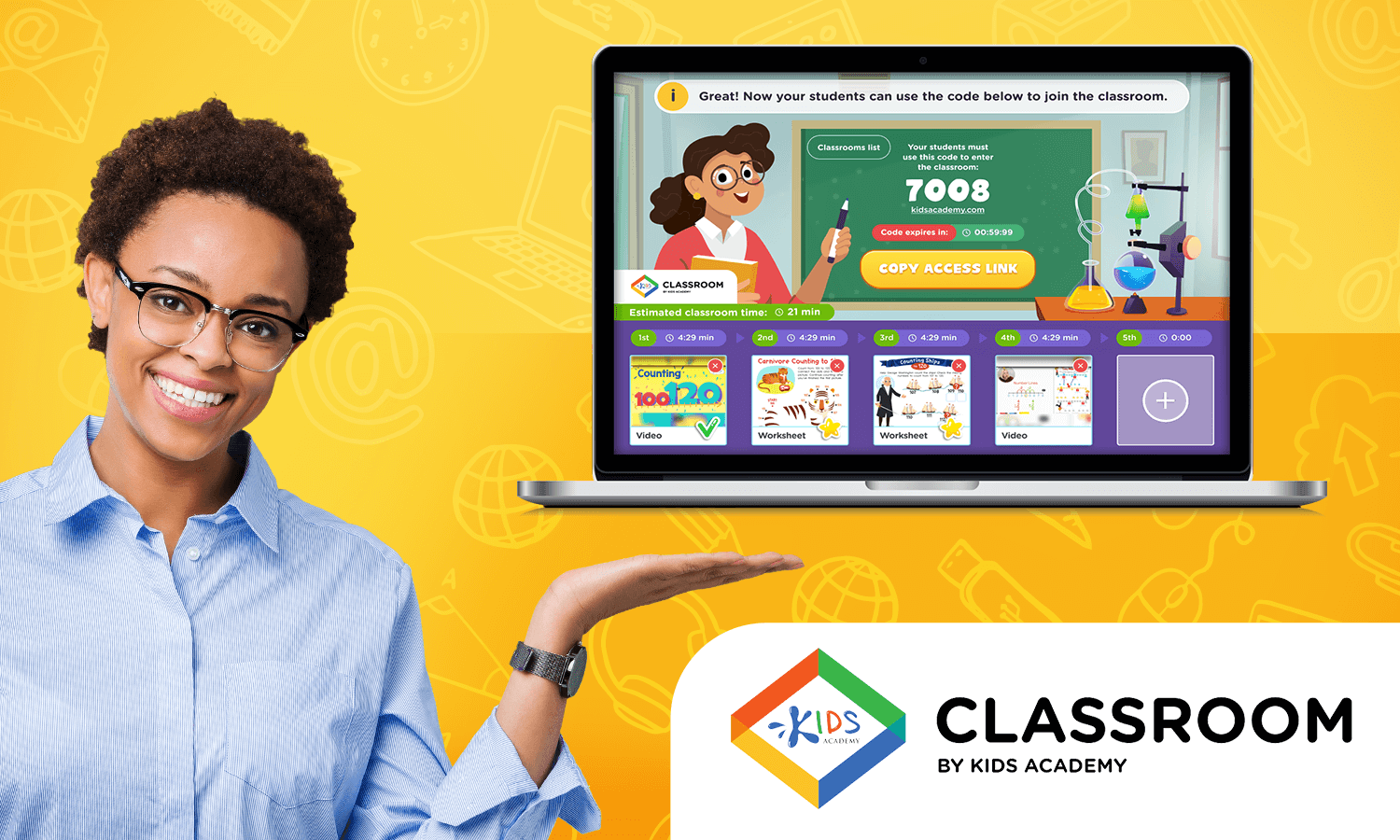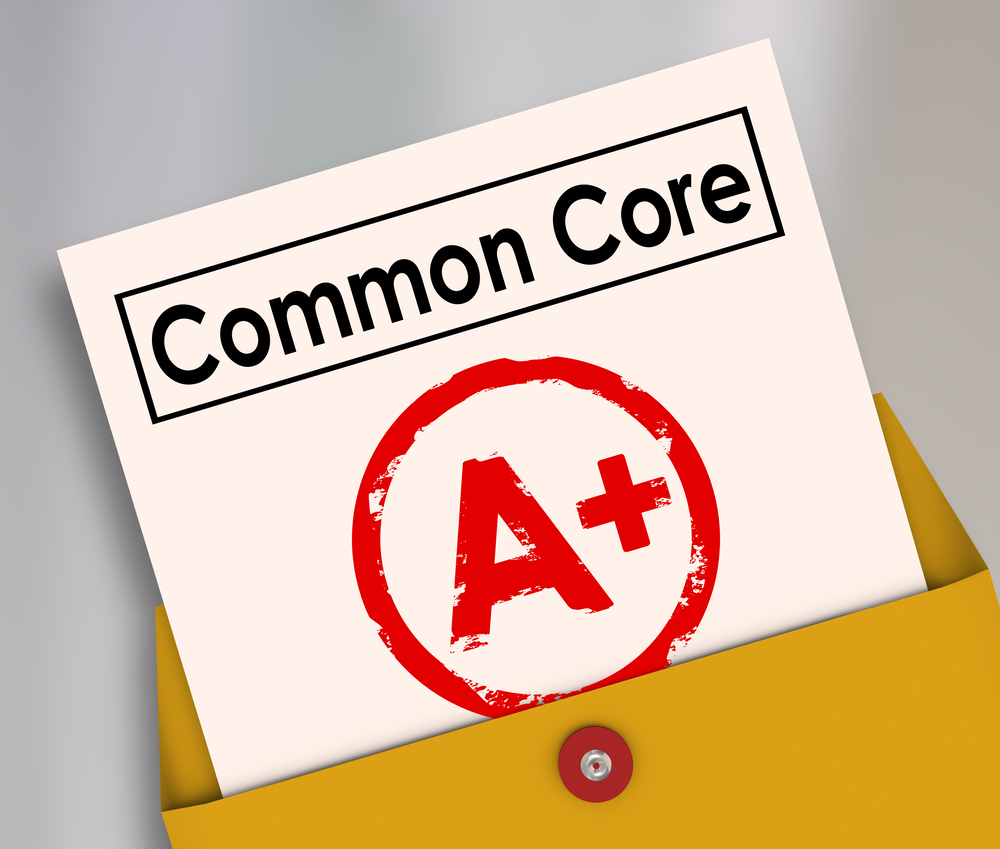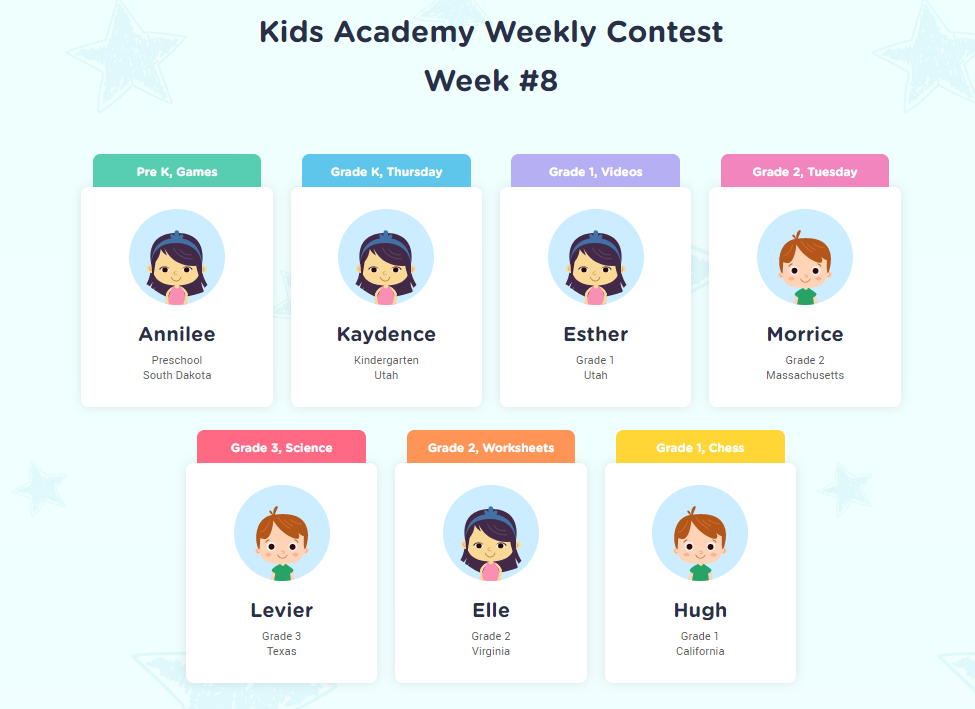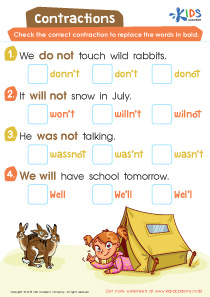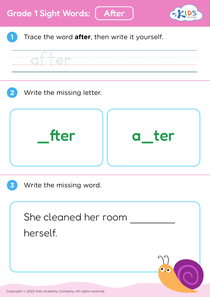Phonics worksheets activities for Grade 1
2 filtered results
-
From - To
Unlock the World of Reading with Our Phonics Worksheets Activities for Grade 1!
Dive into our captivating collection of Phonics Worksheets Activities designed specifically for Grade 1. Our expertly crafted worksheets are the perfect tool to enhance your child's reading and spelling skills. With engaging exercises aimed at mastering phonics, each worksheet is a stepping stone towards fluent reading. From understanding basic phonics rules to applying them through fun activities, our worksheets cover all the essentials your Grade 1 learner needs. Embrace a love for reading and set a solid foundation for academic success with our comprehensive phonics worksheets. Start the phonics adventure today!
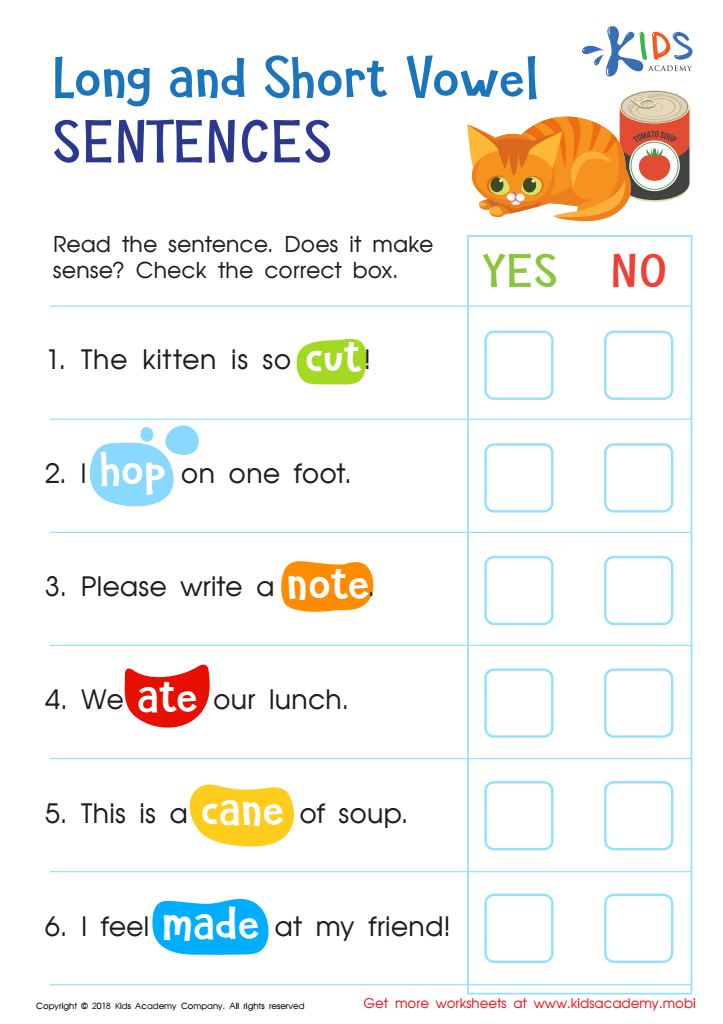

Long and Short Vowel Sentences: Assessment Worksheet
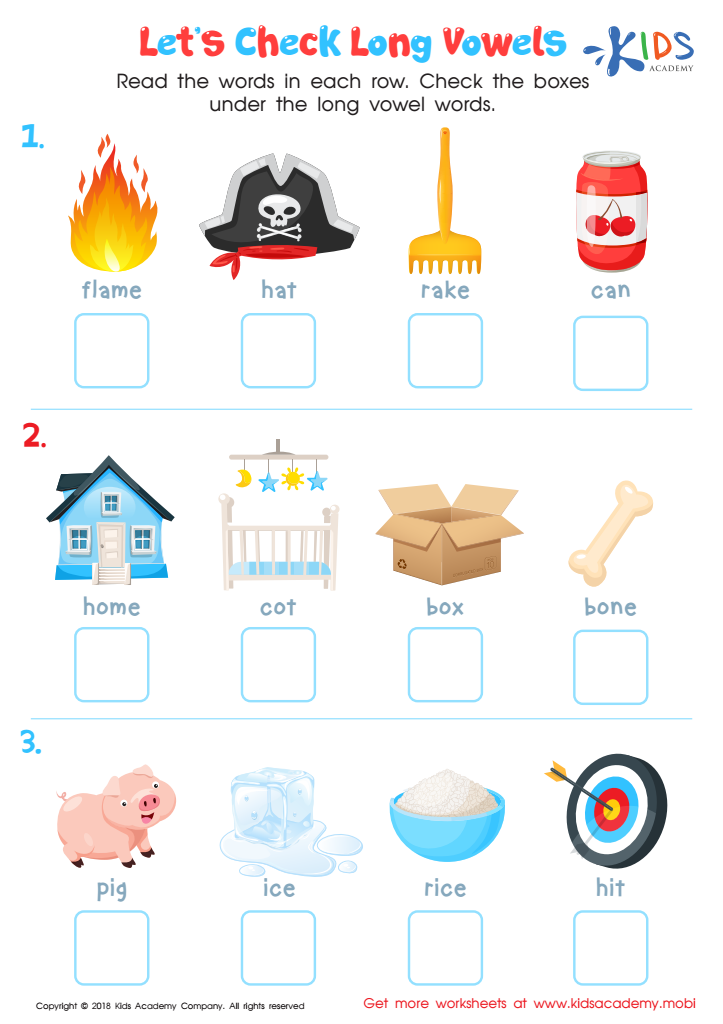

Let's Check Long Vowels: Assessment Worksheet
Phonics worksheets activities for Grade 1 are an invaluable tool in the foundational phase of a child's education. They serve as a cornerstone in teaching young learners the basic principles of reading and writing, by introducing them to the sounds that letters and combinations of letters make. It's through these carefully designed activities that children start to decode the world of written language, turning abstract symbols into meaningful communication.
One of the primary reasons Phonics worksheets activities for Grade 1 are so beneficial is that they cater to a diverse range of learning styles. Children can engage in a variety of tasks such as matching, coloring, tracing, and identifying letters and sounds, which not only makes learning fun but also ensures that the material is accessible to visual, auditory, and kinesthetic learners alike. This multi-sensory approach reinforces learning by allowing children to interact with the material in multiple ways, thereby solidifying their understanding and recall of phonics rules.
Moreover, Phonics worksheets activities provide a systematic and structured way for children to build their phonemic awareness. This is crucial at grade 1, where learners are just beginning to navigate the complex system of sounds in the English language. By breaking down words into their constituent sounds, these activities help children understand that words are made up of smaller units of sound, which is a key insight in the development of reading and spelling skills.
Additionally, these worksheets are designed to gradually increase in complexity, aligning with the child's growing proficiency. They begin with simpler tasks focused on individual letter sounds and progressively introduce more complex concepts such as blends and digraphs. This ensures a steady learning curve and keeps learners motivated and challenged.
In summary, Phonics worksheets activities for Grade 1 are not only a fun and engaging way for children to learn the basics of reading and writing, but they also provide a solid foundation in phonemic awareness, cater to diverse learning styles, and offer a structured approach to literacy education. These activities are therefore essential in equipping young learners with the skills they need to become proficient readers and writers.

 Assign to the classroom
Assign to the classroom
